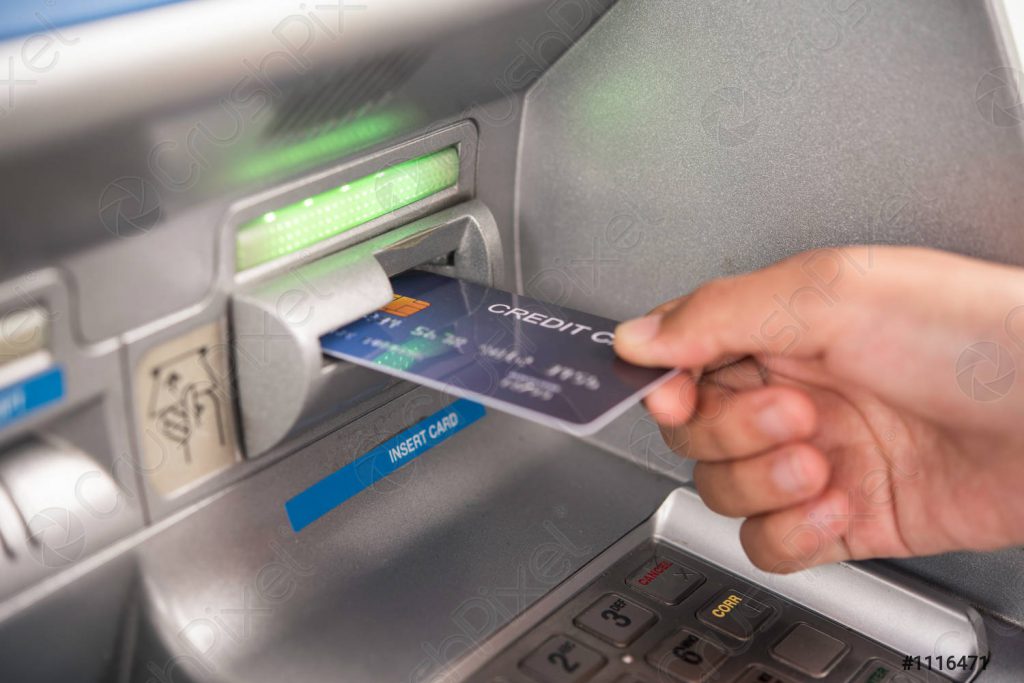
Also, if you have good credit and qualify for a new credit card, especially if you need time to catch up after a sudden crisis, you can cut your costs by using an interest-free card to complete these procedures.
Can I use my credit card to get cash advances at an ATM? You don’t. Should I? You should not need to. Cash advances should only be used as a last resort because there are additional fees and high interest rates. Here’s how cashier services work, how to withdraw cash from an ATM to a credit card, and alternatives to cashier services that you should consider before withdrawing money from a credit card.
What is Cash advance?
Cashiering is a transaction that allows you to withdraw money from your credit card. Instead of using your credit card to buy goods or services, you are essentially using your credit card to buy cash. The money withdrawn during a cash-out becomes part of the credit card balance.
Getting cash from a credit card is one way to make sure you have the money when you need it, but requesting a cash advance through an ATM can be expensive. Pay an ATM cash advance fee and expect higher interest rates for cash withdrawals. In most cases, the cash withdrawal rate is 20-25% per year, and there is no grace period to pay off the balance without interest. These prepaid cash payments will start immediately.
To minimize the cost of a cash advance, pay off your credit card balance in full as soon as possible. The longer you keep cash on your credit card without paying it off, the greater your risk of accumulating high-interest card debt.
Cash Advance allows you to access cash from your credit or debit card. The daily limit, which limits the amount you can withdraw from a cash withdrawal machine, may have a separate limit for cash service on your credit card, but it usually does not apply to cash service. Card companies charge higher rates for cash service than they do for other types of withdrawals. You don’t pay interest for cash service on a debit card, but the bank that performs the transaction may charge some sort of processing fee.
How to withdraw money with a credit card at an ATM
If you need to withdraw money from an ATM to your credit card, here’s how to request a cash advance.
- Put your credit card in an ATM.
- Enter your credit card’s PIN number.
- Select the “Cash Withdrawal” or “Cash Advance” option.
- If necessary, select the “Credit” option (you may be prompted to select either check, debit, or debit).
- Enter the amount of cash to be withdrawn.
- I acknowledge that I accept all fees associated with the transaction.
- Complete the transactions and return the cash.
What you should consider before receiving a cash advance
You may need to get a cash advance due to an emergency, but for whatever reason, make a cash advance payment plan as soon as possible, even if you walk up to the ATM with your credit card. All things considered, however, cash advances have three major drawbacks. Let’s look at a few things.
Cash advance fees.
First of all, your bank will charge you a cash advance fee every time you use your credit card at an ATM. Since ATM fees are already higher than ever before, you should avoid additional cash service fees for ATM transactions. The exact fee charged depends on the issuer. Cardholders can find this information in the Card Terms and Conditions, so please read this information carefully before accepting your fate as a prepaid cash withdrawal.
High Interest Rates.
Cash advance rates can be much higher than the rate charged by the credit card issuer at the time of purchase, and because cash advances have no grace period, interest begins to accrue immediately. Cash advance interest payments can seriously increase your debt, especially if you have a monthly balance on your credit card.
Negative impact on credit scores
The third disadvantage of cash advances has to do with your credit score. Getting a cash advance will reduce your available credit, so be prepared for a drop in your credit score. If you don’t pay off your balance and start accumulating interest immediately, your credit utilization rate will go up and your credit rating will go down.



GIPHY App Key not set. Please check settings